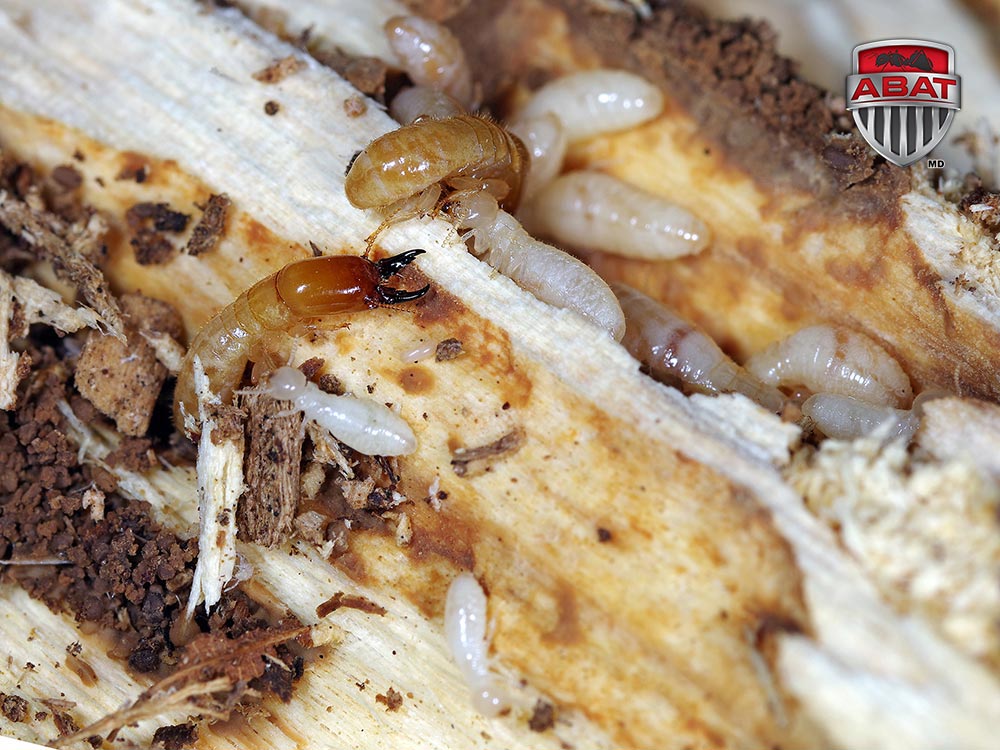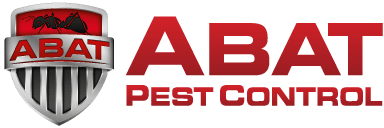| French name | Termites des bois secs |
| English name | Drywood Termites |
| Latin Name | Isoptera |
| Class | Insecta |
| Order | Blattodea |
| Family | Kalotermitidae |

Drywood termites are part of the family Kalotermitidae.
Characteristics of Drywood Termites
Size
Drywood termites vary in size according to their function. Soldiers are generally 3/8” (9 mm) long. Reproductive termites (king and queen) are half an inch (12 to 13 mm) in length.
Colour
Members of this family are usually light brown in colour, but can also range from dark brown to yellowish. The termite’s wings might be pale or charcoal grey colour.
Behaviour
As for other species of termites, Drywood termites are organized in a caste system. Once a queen has found an appropriate location to establish a colony (often in the rafters of a house), it chooses a companion (a king) and begins to lay eggs. The hatched termites join the worker caste that eats and damages wood.
As the colony ages, some of the insects transform into reproductive castes. Reproductive termites have one pair of wings and will form new colonies (called “swarming”).
Soldier termites protect the colony from various potential threats such as ants, other termites or mammals.
Check for more species of termites
Way of life and Habitat
As with other species of termites, this species is a wood-borer and consumes the cellulose in wood and other plants. Their attraction to cellulose makes wooden structures very appealing to them, which can result in significant damage in homes, to fences, sheds, etc.
In the United States, Drywood termites can be found in warm and tropical climates, from Florida to California.
Kalotermitidae are voracious, they love to eat. And, contrary to their underground counterpart, they don’t require humid soil or water nearby in order to prosper. As they don’t need water, these termites are often found in dry wood at ground level. The wood they eat supplies them with the moisture they need to survive, according to the Texas A & M AgriLife Extension Service.
Controlling Drywood Termites
The presence of a swarm of reproductive termites, emerging from small holes in wood, is a sign of infestation. Other signs include blisters and a granulated aspect on the wood’s surface. Dry termite granules are smaller than grains of rice and pile up around damaged wood. These granules are also commonly found inside tunnels. The intervention of a pest control professional is required in order to control Drywood termites.
To make your home less attractive to termites, you should implement a termite prevention strategy:
- Keep firewood and other lumber far from your home.
- Place filters and plates at entrances such as doors, windows and especially at openings leading to the attic and therefore to the wooden framework of your home.
- Remove dead wood and tree stumps around your home.
- Seal holes and cracks with filler.
For a durable and efficient solution, use the services and know-how of an exterminator specializing in pest control.


